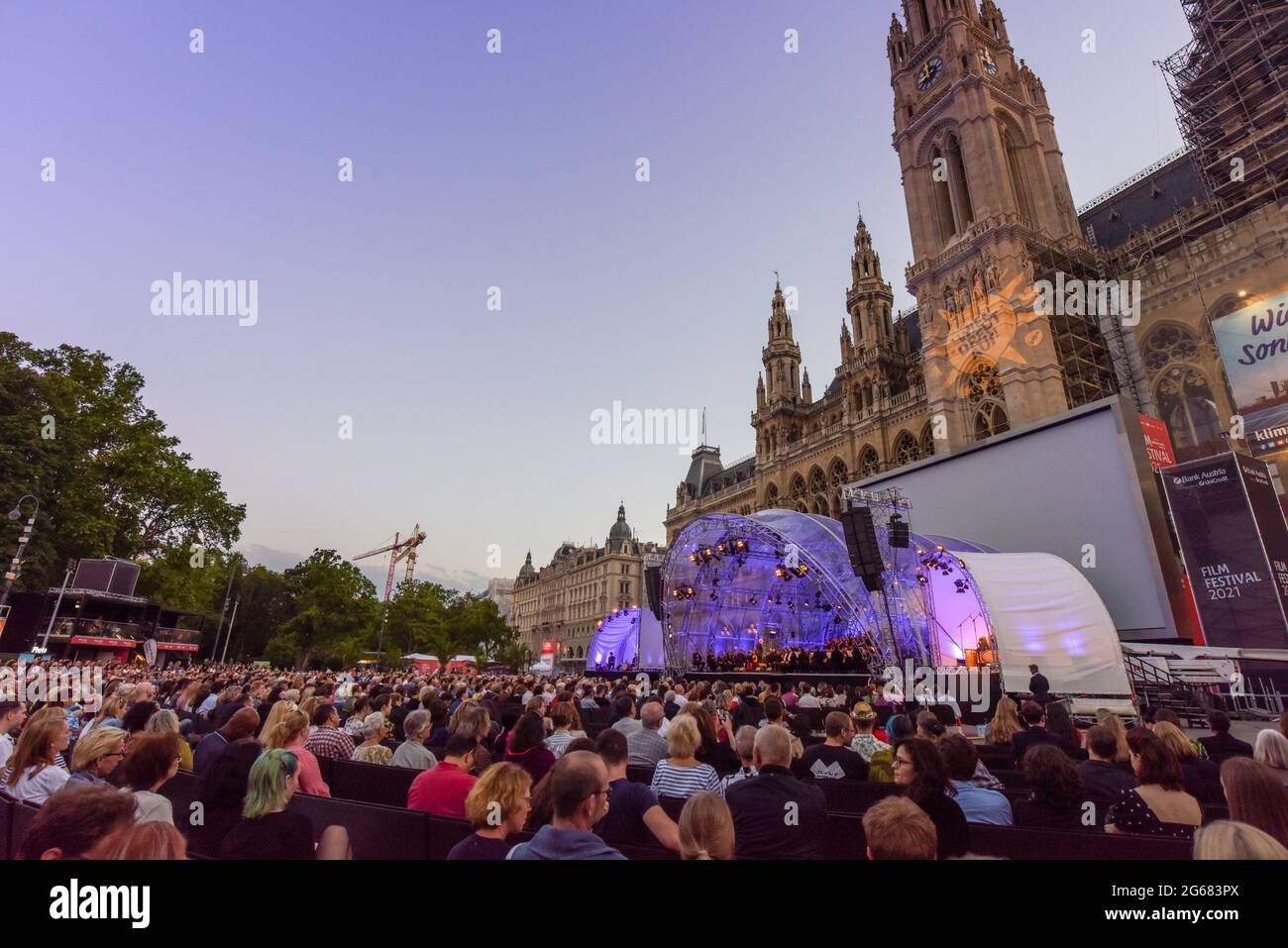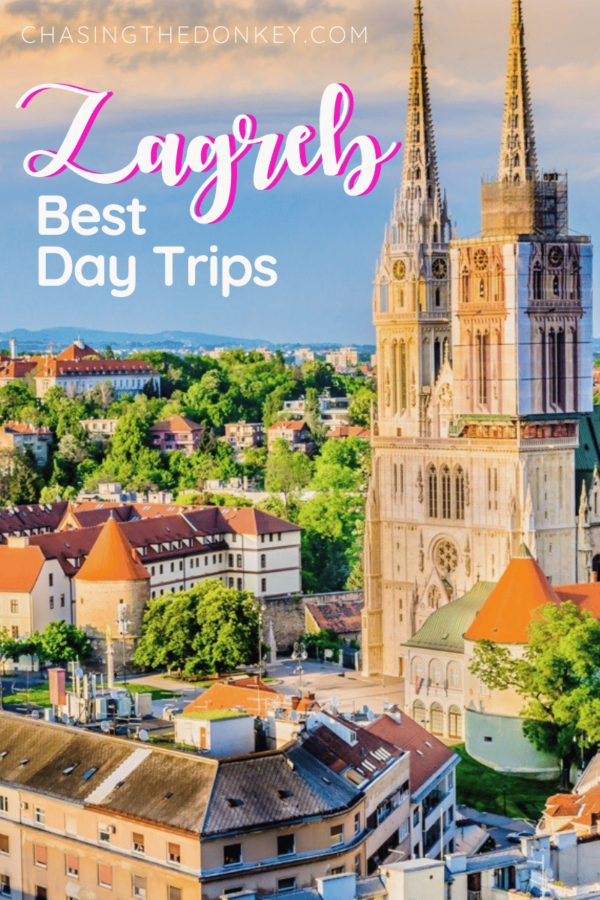Budapest: The Heart of Central Europe
Introduction to Budapest
Budapest, the enchanting capital of Hungary, is a city that captures the heart of every traveler who sets foot within its vibrant streets. Nestled on the banks of the majestic River Danube, Budapest is a city that reflects the perfect blend of history, culture, and modernity. With its stunning architecture, scenic landscapes, and rich historical heritage, it has earned its place as one of Europe's most beloved destinations.
For those who have yet to explore the realms of Budapest, envision a city where the romantic and the cosmopolitan unite harmoniously. From its grand boulevards, spectacular bridges, and lush parks to its vibrant nightlife and world-famous thermal baths, Budapest offers an intriguing mosaic of experiences. This article delves into the city's illustrious past and explores its dynamic present, inviting readers to embark on an unforgettable journey through time and space.
The Historical Landscape of Budapest
The story of Budapest is one that spans centuries and civilizations. The city we know today was officially born in 1873 through the unification of three distinct settlements: Buda, Pest, and Óbuda. However, the region's history stretches back to antiquity, with evidence of human settlement dating back to the Neolithic era.
Budapest's origins can be traced to the Roman Empire, when the area was known as Aquincum. This settlement served as the capital of the Roman province of Pannonia Inferior and laid the foundations for the city's future as a hub of commerce and culture. Visitors can still witness the remnants of this ancient past at the Aquincum Museum, where well-preserved ruins offer a glimpse into the life of Roman citizens.
The city saw significant development during the reign of the Hungarian Kingdom, particularly in the medieval period. Buda Castle, a monumental symbol of the nation's rich heritage, was first constructed in the 13th century and has been the seat of Hungarian kings for centuries. Today, the castle complex is a UNESCO World Heritage Site, housing the Budapest History Museum, the Hungarian National Gallery, and the National Széchényi Library.
The Architectural Marvels of Budapest
Budapest's architectural landscape is a testament to its diverse influences and historical progression. The cityscape is an exquisite blend of Baroque, Gothic, Art Nouveau, and neoclassical styles, each telling its unique story through intricate designs and masterful craftsmanship.
One of the most iconic structures in Budapest is the Parliament Building, an awe-inspiring example of Gothic Revival architecture that graces the banks of the Danube. Completed in 1902, the building is not only a symbol of Hungary's political heritage but also an artistic masterpiece adorned with stunning frescoes, statues, and an impressive central dome.
Equally captivating is St. Stephen's Basilica, named after Hungary's first king, Saint Stephen. This neoclassical church is renowned for its breathtaking interiors and a panoramic view of the city from its lofty dome. The basilica is one of Budapest's most prominent landmarks, attracting visitors and worshippers alike.
The city's Art Nouveau heritage is beautifully represented in buildings like the Gresham Palace, now a luxurious hotel, and the Museum of Applied Arts. These structures are characterized by their ornate details, fluid lines, and nature-inspired motifs, reflecting the artistic fervor of the late 19th and early 20th centuries.
Natural Beauty and Parks
Beyond its urban allure, Budapest is blessed with abundant natural beauty. The Danube River, flowing gracefully through the city, divides Buda from Pest and creates a picturesque setting that has inspired artists and poets for generations. The riverbanks provide scenic promenades and viewpoints, particularly at the Gellért Hill lookout, where visitors can enjoy panoramic vistas of the city.
Budapest is also home to several lush parks and gardens, offering tranquil oases amid the bustling city. Margaret Island, a verdant retreat in the heart of the Danube, is a favorite spot for locals and tourists seeking respite from the urban hustle. With its well-maintained parks, medieval ruins, and musical fountain, Margaret Island provides a perfect setting for a leisurely stroll or a cycling adventure.
City Park, another green gem, is a cultural and recreational hub housing the iconic Széchenyi Thermal Bath, the largest medicinal bath in Europe. The park is also home to the Budapest Zoo, the Vajdahunyad Castle, and the Museum of Fine Arts, making it a vibrant destination for families and art enthusiasts alike.
In conclusion, Budapest is a city that transcends the ordinary with its rich tapestry of history, architectural wonders, and natural charm. A journey through its streets is akin to navigating a living museum, where every corner whispers the secrets of its past and promises the excitement of future discoveries. Stay tuned for the next part of this article as we delve into Budapest's cultural vibrancy, culinary delights, and modern innovations.
The Cultural Vibrancy of Budapest
Budapest thrives as a cultural epicenter, pulsating with a wide array of artistic expressions and vibrant traditions. The city is a melting pot of influences, where Eastern and Western cultures converge to produce a rich and dynamic cultural scene. This part of Budapest's allure is its continuous reinvention, ensuring that both contemporary innovation and historical legacy are deeply celebrated.
One of the most significant cultural institutions in the city is the Hungarian State Opera House. Opened in 1884, this opulent neo-Renaissance building is renowned not only for its architectural grandeur but also for its world-class performances. Hosting some of the most talented opera singers and ballet dancers, the Opera House is a testament to Budapest’s commitment to the arts and its status as a global cultural hub.
The city's music scene extends beyond classical performances, with a thriving contemporary and underground music culture as well. Venues like the A38 Ship, a decommissioned Ukrainian stone-hauling ship turned club, and the vibrant Jewish Quarter are home to lively bars and music venues where genres from jazz to electronica can be enjoyed late into the night.
Budapest also boasts a wealth of museums and galleries that cater to diverse interests, including the Ludwig Museum of Contemporary Art and the Museum of Hungarian Agriculture. Each offers unique insights into the country’s artistic heritage and evolving creative landscape. The city's dedication to art is further exemplified by the annual Budapest Art Week, which showcases local and international artists, offering workshops, exhibitions, and events that immerse visitors in the world of art.
Culinary Delights of Budapest
Budapest's culinary scene is as diverse and rich as its history, with flavors and aromas that are sure to captivate any food enthusiast. Hungarian cuisine is known for its hearty and flavorful dishes, heavily influenced by the cuisines of Central Europe, the Balkans, and beyond. Traditional Hungarian dishes are marked by the liberal use of spices like paprika, giving them a distinctive and robust taste.
One of the quintessential dishes that visitors must try is Gulyás, or Hungarian goulash. This iconic soup is made with tender beef, onions, tomatoes, peppers, and, of course, paprika, simmered to perfection. It serves as the heartwarming soul food that has been cherished through generations. Another popular staple is Lángos, a deep-fried flatbread, often enjoyed with toppings such as garlic sauce, cheese, or sour cream—a perfect street food to enjoy on a leisurely walk through the city.
The city's dynamic food scene has also embraced international influences, making room for innovative gastronomy alongside traditional fare. Budapest is home to several Michelin-starred restaurants, such as Onyx and Costes, where chefs experiment with modern interpretations of Hungarian dishes. These establishments showcase the culinary creativity that defines the city’s ever-evolving food culture.
In addition to its impressive dining scene, Budapest is celebrated for its vibrant café culture. The city’s historic coffee houses, such as Café Gerbeaud and the New York Café, serve as social hubs and offer a glimpse into Budapest's past. These establishments have been gathering places for artists, writers, and intellectuals, playing a crucial role in the city’s cultural development. Here, visitors can savor exquisite pastries and strudels while soaking in the charming atmosphere of a bygone era.
Modern Innovations in Budapest
As much as Budapest cherishes its past, it is also a city that looks to the future, embracing change and innovation. The city has established itself as a burgeoning technology hub, attracting startups and tech companies from around the globe. With a strong emphasis on research and development, Budapest is a city that not only preserves its historical roots but also propels itself into the next era of technological advancement.
At the forefront of these innovations is the rapid advancement in the field of information technology and software development. Tech hubs like the Graphisoft Park house major players in the tech world and provide spaces where new ideas can blossom. This environment fosters a culture of creativity and entrepreneurial spirit that appeals to a new generation of innovators.
Sustainability is another key focus in Budapest's development. The city is investing in green technologies and infrastructure to enhance its urban environment while addressing modern challenges. Initiatives like increasing bike lanes, promoting electric public transport, and introducing eco-friendly urban projects demonstrate Budapest's commitment to building a sustainable and liveable future for its residents and visitors—even as it grapples with the pressures of urban expansion.
In conclusion, Budapest is a multifaceted city that seamlessly integrates its illustrious past with a forward-thinking outlook. Whether you're exploring its opulent opera houses, savoring traditional and contemporary cuisines, or delving into its modern tech scene, Budapest is a city that promises excitement at every turn. Stay connected for the final part of this exploration as we uncover the spirit of hospitality, community, and unique experiences that make Budapest a city like no other.
Hospitality and Community Spirit in Budapest
One of the most striking aspects of Budapest is its warm hospitality and the strong sense of community that permeates throughout the city. Whether you're a first-time visitor or a returning traveler, the people of Budapest are known for their friendly welcome and genuine desire to share the beauty of their city. This inviting atmosphere is one of the key reasons why Budapest remains a cherished destination for travelers from around the world.
Local markets play a significant role in fostering this sense of community. The Great Market Hall, the largest and oldest indoor market in Budapest, is a bustling hub where locals and tourists alike come together to browse fresh produce, meats, and traditional Hungarian foodstuffs. Walking through the lively stalls is an experience in itself, as vendors offer samples of their goods and chat with patrons about their favorite products. These interactions provide a unique opportunity to connect with the heart of Budapest’s culture and daily life.
The ruin bar scene in Budapest also exemplifies the city's spirit of community and creativity. These bars, set in the ruins of abandoned buildings in the Jewish Quarter, are eclectic spaces filled with mismatched furniture, unique artwork, and a relaxed vibe. Szimpla Kert, one of the most famous ruin bars, is not only a venue for late-night gatherings but also hosts community events, film screenings, and farmers' markets. The bars encourage spontaneous social interaction, making them perfect spots to meet locals and fellow travelers alike.
Unique Experiences in Budapest
Budapest offers a multitude of unique experiences that cater to diverse interests and promise unforgettable memories. One such experience is a visit to the city's renowned thermal baths. The city sits on a rich network of natural hot springs, and these mineral-rich waters have been harnessed to create a range of thermal spas. The Széchenyi Thermal Bath, with its grand outdoor pools and intricate interior, offers a quintessential spa experience. Other notable baths include Gellért, Rudas, and Király, each with its distinct ambiance and architectural charm. Visiting these baths provides a relaxing reprieve from sightseeing and a chance to immerse oneself in one of Hungary's most cherished traditions.
Another must-try experience is taking a boat cruise along the Danube River. As day turns to night, the cityscape transforms into a dazzling display of lights with iconic landmarks such as Buda Castle, Parliament Building, and the Chain Bridge illuminated in all their glory. These cruises offer a serene and romantic perspective of Budapest and allow visitors to appreciate the beauty of the city from its most iconic vantage point.
For those seeking adventure, the hidden labyrinths beneath Buda Castle present an intriguing exploration opportunity. Known as the “Castle Caves,” these interconnected tunnels have served various purposes throughout history, from shelter during wartime to secret meeting spots. Today, visitors can explore the fascinating maze accompanied by tours that share the captivating stories and legends attached to these mysterious underworlds.
Preserving Tradition and Embracing Change
Budapest's ability to strike a balance between preserving its rich traditions while embracing change contributes to its appeal and vibrancy. The city is a resilient tapestry of culture, where old-world charm harmonizes with modern sensibilities. This duality reflects Budapest's continuous evolution and its residents' desire to honor the past while forging a forward-thinking path.
Traditional crafts and folk art continue to thrive in Budapest, with cultural festivals and events providing platforms for artisans to showcase their skills. The Hungarian Folk Dance and Music House is dedicated to preserving and promoting the country's folk traditions, offering workshops, performances, and exhibitions that highlight the unique heritage of Hungary.
At the same time, contemporary developments keep Budapest on the cutting edge of arts and culture. Urban revitalization projects continue to transform derelict spaces into vibrant cultural centers, museums, and public venues. The city’s commitment to creative innovation ensures that Budapest remains a dynamic, ever-changing metropolis brimming with potential.
As Budapest continues to grow and evolve, its commitment to sustainability, culture, and community will undoubtedly play a pivotal role in shaping its future. Whether you're drawn by the city's stunning architecture, thriving cultural scene, or warm hospitality, Budapest remains a captivating destination that promises to inspire and charm every visitor.
In conclusion, Budapest is not just a city to visit—it's a city to experience. Each aspect of Budapest, from its awe-inspiring historical landscapes to its lively contemporary culture, offers something unique and memorable. As travelers explore the sights, sounds, and tastes of Budapest, they discover a city that not only reveals the rich tapestry of the past but also embraces the dynamic possibilities of the future, making it a truly remarkable destination for all.






















Comments